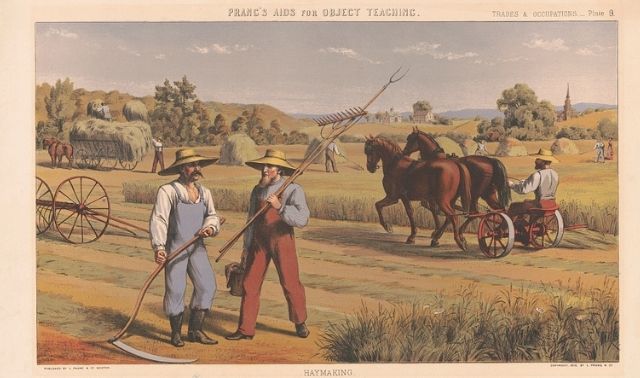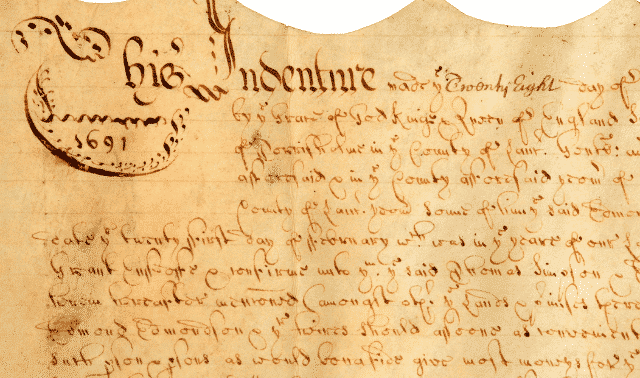A. The first lock to help freighters, barges, tugboats and other vessels traverse the 21-foot drop between Lake Superior and Lake Huron (and the other Great Lakes beyond) was built on the Canadian side of the waterway in 1797, but it was destroyed in the War of 1812. In 1852, Congress granted 750,000 acres of public land to the State of Michigan as compensation for the Fairbanks Scale Co. to construct a new lock. The company completed a system of two locks, each 350 feet long, on May 31, 1855. Boats passing through what was dubbed the “State Locks” were charged a toll of 4 cents per ton, reduced to 3 cents in 1877.
As commerce through the locks grew, the need to upgrade the facility outstripped the ability of the state of Michigan. In 1881, the locks were transferred to the US government under the jurisdiction of the US Army Corps of Engineers. The Corps has operated what are now called the Soo Locks, toll-free, ever since. Today, the locks are the busiest in the world.
To learn more about the history of the locks, you can order two booklets that Soo Locks Boat Tours developed to answer frequently asked questions: a 64-page The Soo Locks Guide and a 97-page Locks & Ships. Both are available from http://www.soolocks.com/store.phtml or by calling (800) 432-6301.
Records of the US Army Corps of Engineers’ Detroit District, which includes the Soo Locks, are contained in National Archives Record Group 77.10.13. These are kept at NARA’s Chicago facility. They include letters and reports sent by engineer officers, examinations and surveys, administrative matters, daily and monthly narrative accounts of operations at various project sites, field survey notebooks and financial records. Records in this group relating specifically to the Sault Ste. Marie, Mich., Engineer Office span 1881 to 1938.
From the March 2011 issue of Family Tree Magazine




